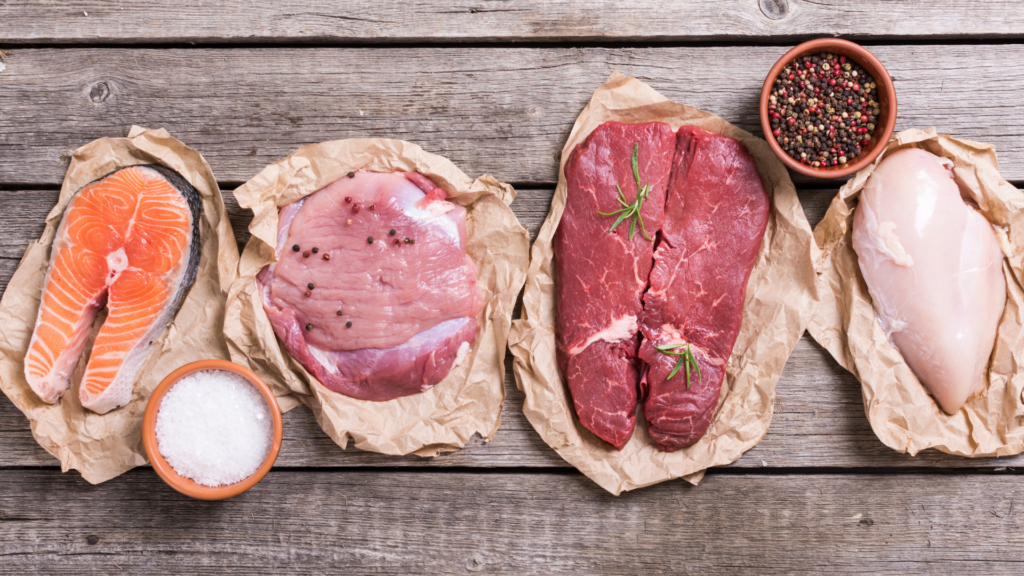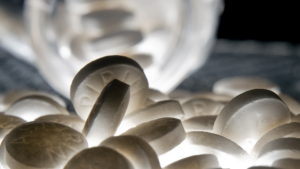
Pigs often get a bad rap. From misconceptions about their intelligence to unfounded rumors about their dietary habits, misinformation about pigs and pork products abounds. In this blog, we’ll debunk some of the most common myths surrounding pigs and set the record straight about the safety and quality of pork products.
Myth #1: Pigs Are Dirty Animals That Eat Their Own Feces
One of the most pervasive myths about pigs is that they are dirty animals that consume their own feces. This misconception likely stems from the fact that pigs are often depicted wallowing in mud in popular culture. However, contrary to popular belief, pigs are actually quite clean animals.
Pigs have a natural instinct to defecate away from where they eat and sleep. While they may root around in soil and mud to regulate their body temperature and keep cool, this behavior should not be confused with eating feces. In fact, pigs prefer to maintain a clean living environment and will often designate specific areas for sleeping, eating, and relieving themselves.
Myth #2: Pork Is Unsafe to Eat Because Pigs Are Raised in Unsanitary Conditions
Another common misconception is that pork products are unsafe to eat because pigs are raised in unsanitary conditions. While it’s true that improper farming practices can lead to food safety concerns, the vast majority of pork producers adhere to strict sanitation and hygiene standards to ensure the safety and quality of their products.
In the United States and many other countries, pork production is subject to rigorous regulations and oversight by government agencies such as the United States Department of Agriculture (USDA). These regulations cover everything from animal welfare to food safety, including the handling and processing of pork products.
Additionally, many pork producers participate in voluntary certification programs and quality assurance initiatives to further ensure the safety and quality of their products. These programs often include regular inspections, audits, and testing to verify compliance with industry standards.
Myth #3: Pork Is Unhealthy Because It Is High in Fat and Cholesterol
While it’s true that certain cuts of pork can be high in fat, not all pork products are unhealthy. Lean cuts of pork, such as tenderloin and loin chops, are actually relatively low in fat and can be a nutritious part of a balanced diet.
Like other meats, pork is a good source of protein, vitamins, and minerals. It can be included as part of a healthy diet when consumed in moderation and prepared using healthy cooking methods such as grilling, baking, or roasting.
Furthermore, advances in animal breeding and farming practices have led to leaner pork products in recent years. Many pork producers now offer leaner cuts of pork and have reduced the fat content of their products to meet consumer demand for healthier options.
Myth #4: Pork Is Unsafe to Eat Because Pigs Carry Diseases
While it’s true that pigs, like all animals, can carry diseases, the risk of contracting a disease from properly cooked pork is minimal. Cooking pork to the recommended internal temperature of 145°F (63°C) effectively kills harmful bacteria and pathogens, reducing the risk of foodborne illness.
Additionally, modern farming practices and food safety measures help minimize the risk of disease transmission in pork production. Pork producers implement biosecurity protocols, sanitation practices, and health monitoring programs to prevent the spread of diseases among their herds.
It’s important to remember that the vast majority of pork products available in supermarkets and restaurants are safe to eat when handled and cooked properly. By following food safety guidelines and purchasing pork products from reputable sources, consumers can enjoy pork as part of a healthy and balanced diet.
In conclusion, many of the myths surrounding pigs and pork products are rooted in misinformation and misconceptions. Pigs are not dirty animals that eat their own feces, and pork products are not inherently unsafe to eat. By debunking these myths and educating consumers about the safety and quality of pork products, we can help promote a better understanding of pigs and the role they play in providing nutritious food for people around the world.



